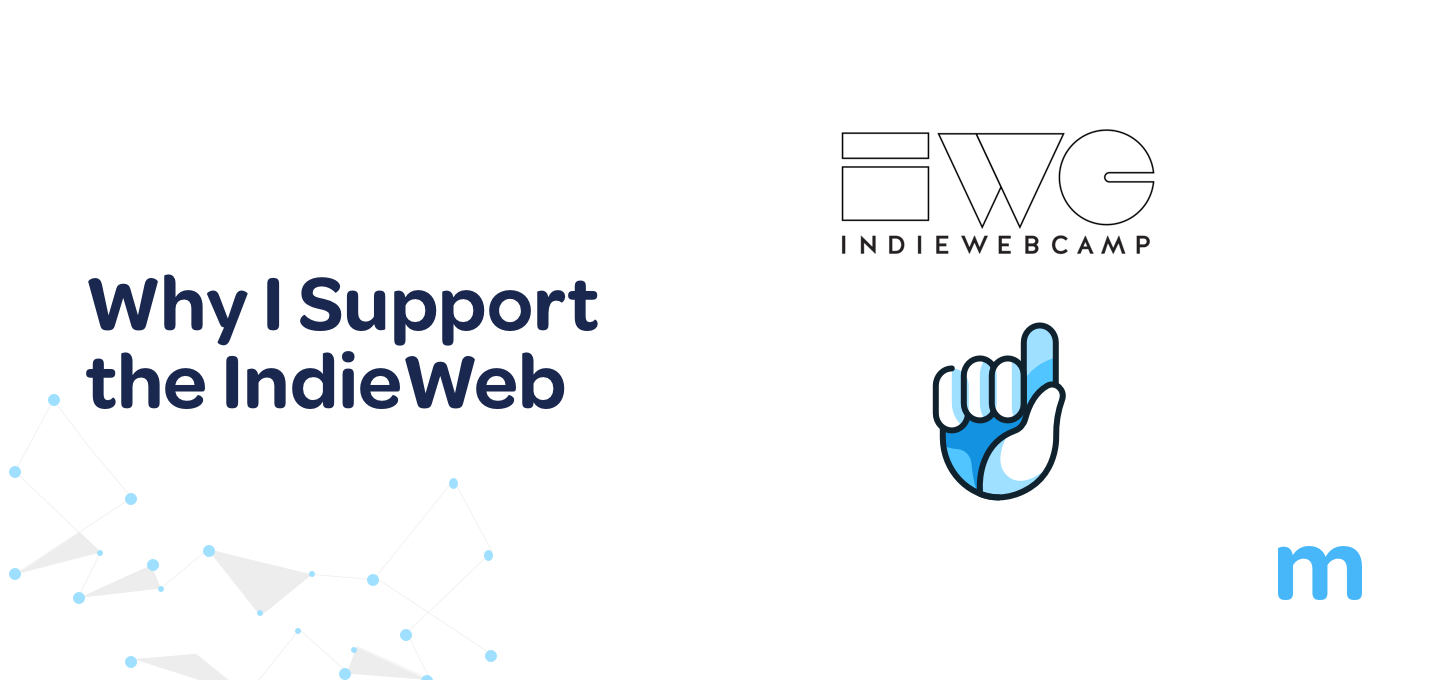-
SaaS
Better vs. Unique
Wednesday June 19, 2019”…Lots of people talk about getting better at something – but better is not sustainable – and there is always someone who will figure out how to do something even better. As Denise Lee Yohn, author of Fusion: How Integrating Brand and Culture Powers the World’s Greatest Companies, noted, you don’t want to strive for better, you want to strive to be unique! Unique is unstoppable …”
Brand + Culture = Results
(Taken from Vernes Insights scalingup.com/weekly-in…)
-
SaaS
Purpose of a business? A worthwhile life for those involved
Wednesday May 29, 2019I am reading “The Seven-Day Weekend” by Ricardo Semler after reading “Maverick”. Shocking as always, but deep impact messages like this one >

-
SaaS
Building a Circle of Safety within a SaaS Culture
Tuesday May 21, 2019The EOS has some pretty interesting concepts to implement. This is the Circle of Safety:

https://blog.eosworldwide.com/blog/circle-safety-establishing-trust-through-teamwork
-
SaaS
Sahil Lavingia is building a startup on his own terms.
Sunday May 19, 2019
Interesting read, some takeaways stolen from a co-worker:
- *Flexible work* is more important than remote work, Profit sharing is better than equity
- He tries to *hire engineers on a part time basis* so they can have a life outside of the company "I’m trying to make an explicit case to amazing engineers: You can work for Gumroad for 20 hours a week and make $100k a year. Or you can work at Facebook for 60 hours a week and make $250k a year. Would you rather make $100k less a year but get 40 extra hours per week?"
- the VC road is toxic because it *creates an artificial time based thinking* ("by X date next year I need to be at X point")
- being psycho about goals is just as bad as not having goals at all. They should serve as motivation, but not dictate your life. You should think a few steps ahead, but at the end of the day, *no plan survives contact with the enemy*.
- With OKRs, at the start *you want structure because you don’t know what you’re doing*. When you start figuring stuff you, you realize you don’t need a lot of extra stuff. It can be loosely defined.
And:
- Profit sharing with contractors?
- Systems, not goals (Again)
- The value of Twitter
-
SaaS
What is a "lifestyle business"?
Thursday May 9, 2019Either a VC funded company or a self-funded company. But it looks like the only way to have a business that cares more about well-being than growth is a self-funded/bootstrapped one. Indie.vc as an alternative and the rise of other sources of funding and supporting a tech venture.

Growth Vs. well-being is on the talks always. You can care more of the “lifestyle” of your company if you don’t have the pressure to make the return of the investment to your backers. It is the game.Yes, ok but the strength of a not VC funded company is that it can grow (slower for sure) but at the same time having “lifestyle” impact on team members and founders.
It is a “lifestyle business” a less ambitious one? Not our case. Measure your ambitious against a benchmark that is not in Techcrunch.
Reflections from Rand Fishkin about the topic.

#tw
-
SaaS
Wednesday May 8, 2019Yes, the Death of the SMB Website Has Been Greatly Exaggerated www.lsainsider.com/the-death…

-
SaaS
Tuesday May 7, 2019The Indieweb is such a fresh idea to support nowadays. I posted my thoughts and learnings about it on our company’s blog. www.marketgoo.com/blog/2019… #letsfixthis #tw

-
SaaS
The power of NO
Friday April 26, 2019An excerpt from the book “It Doesn’t Have to Be Crazy at Work” basecamp.com/books/cal…

-
SaaS
How many employees do you have?
Thursday April 25, 2019Is that any kind of compelling metric to measure the success or progress of a SaaS company? I don’t think so. More team members, more costs, more complexity, bigger culture challenges. If you are not forced to (market forces, product complexity i.e.), profit per employee is the metric I am looking for. A high profit per member means high company leverage and a lean operation (a few create a great outcome). High margins provide super-powers to experiment, invest, compete in price if you want or to increase member happiness. We do profit sharing and we are aiming for $100K/member/annual profit.
So don’t ask me how many employees we have, but how much them can do as a true productive metric.